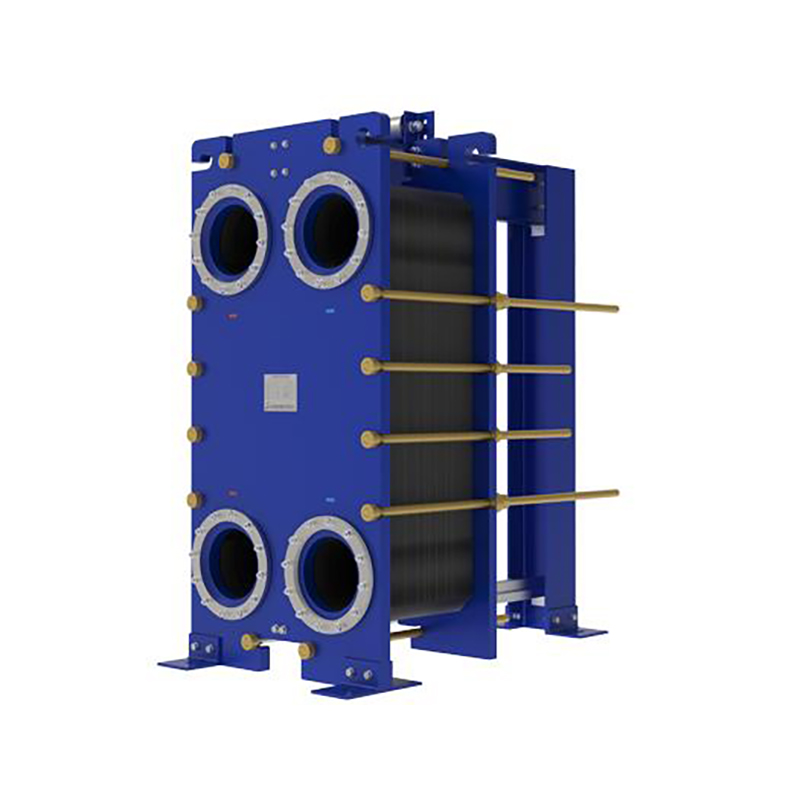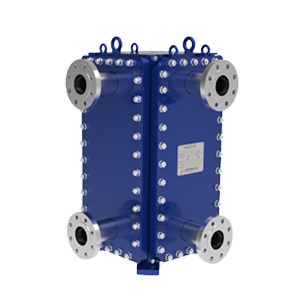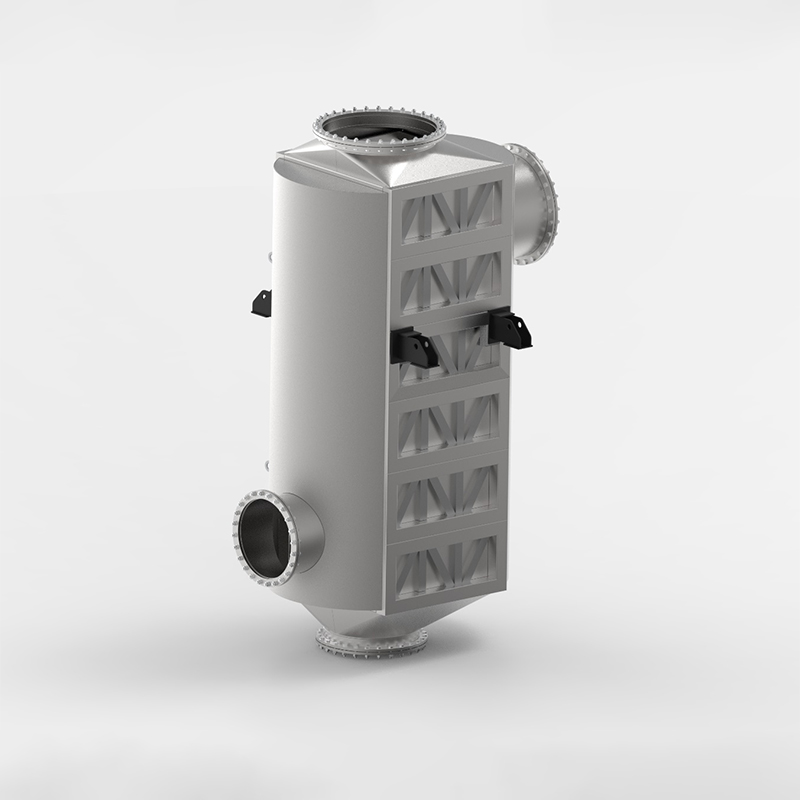5 key roles of plate heat exchanger gaskets.
Plate heat exchanger gaskets perform 5 key roles: ...
More
A plate type cooler, also known as a plate heat exchanger (PHE), is a compact and efficient device designed to transfer heat between two fluids without mixing them. It consists of multiple thin, corrugated metal plates stacked together, creating alternating channels for hot and cold fluids. The large surface area and turbulent flow ensure optimal heat transfer, making it ideal for industries like HVAC, chemical processing, food and beverage, and power generation. Plate type coolers are renowned for their modular design, easy maintenance, and adaptability to varying thermal loads.
Plate type coolers are widely used due to their superior thermal efficiency, often achieving 90% or higher heat recovery rates. Unlike traditional shell-and-tube heat exchangers, they require less space and reduce energy consumption by up to 50%. The plates are typically made of stainless steel, titanium, or other corrosion-resistant materials, ensuring durability in harsh environments. Their gasketed, brazed, or welded designs cater to different pressure and temperature requirements, with gasketed versions allowing for easy disassembly and cleaning. Industries favor plate coolers for their scalability, as additional plates can be added to increase capacity without major redesigns.
Plate type coolers outperform conventional heat exchangers in efficiency, cost-effectiveness, and versatility. Their compact design reduces installation space by up to 80% compared to shell-and-tube models, while their high heat transfer coefficients cut operational costs significantly. Studies show that plate coolers can reduce energy consumption by 30-40%, making them a sustainable choice for eco-conscious industries. Additionally, their minimal fouling and easy maintenance translate to lower downtime and longer service life, with some units lasting over 20 years with proper care.
Choosing a plate type cooler ensures compliance with stringent industry standards like ASME, PED, and FDA for food-grade applications. Real-world data from manufacturing plants reveals a 25% reduction in cooling costs after switching to plate coolers. Their adaptability to handle viscous fluids, high temperatures (up to 200°C), and pressures (up to 25 bar) makes them indispensable in sectors like oil refining, pharmaceuticals, and marine engineering. With customizable configurations and rapid ROI (often within 12-18 months), plate type coolers are the go-to solution for modern thermal management challenges.
Select the most popular foreign trade service products to meet your diverse needs
Learn more about the dynamics and professional knowledge of the foreign trade industry

Plate heat exchanger gaskets perform 5 key roles: ...
MoreAPI 662 defines standards for plate heat exchanger...
More
You can see clear differences between welded block...
More
A gasket in heat exchanger seals surfaces, blocks ...
More.jpg)
Plate air preheaters transform industrial processe...
More
Regenerative solutions, such as the Plate Air Preh...
MoreSelect the most popular foreign trade service products to meet your diverse needs
Explore more content related to foreign trade services

User Comments
Service Experience Sharing from Real Customers
John Smith
Mechanical EngineerThe plate type cooler is incredibly efficient and has significantly improved our cooling system's performance. Highly recommended!
Emily Johnson
HVAC TechnicianGreat product! The plate type cooler is durable and easy to install. It has helped us reduce energy costs in our facility.
Michael Brown
Process EngineerThis plate type cooler exceeded our expectations. It handles high temperatures and pressures with ease, making it perfect for our industrial applications.
Sarah Davis
Maintenance SupervisorThe plate type cooler is a reliable addition to our equipment. It requires minimal maintenance and performs consistently well.